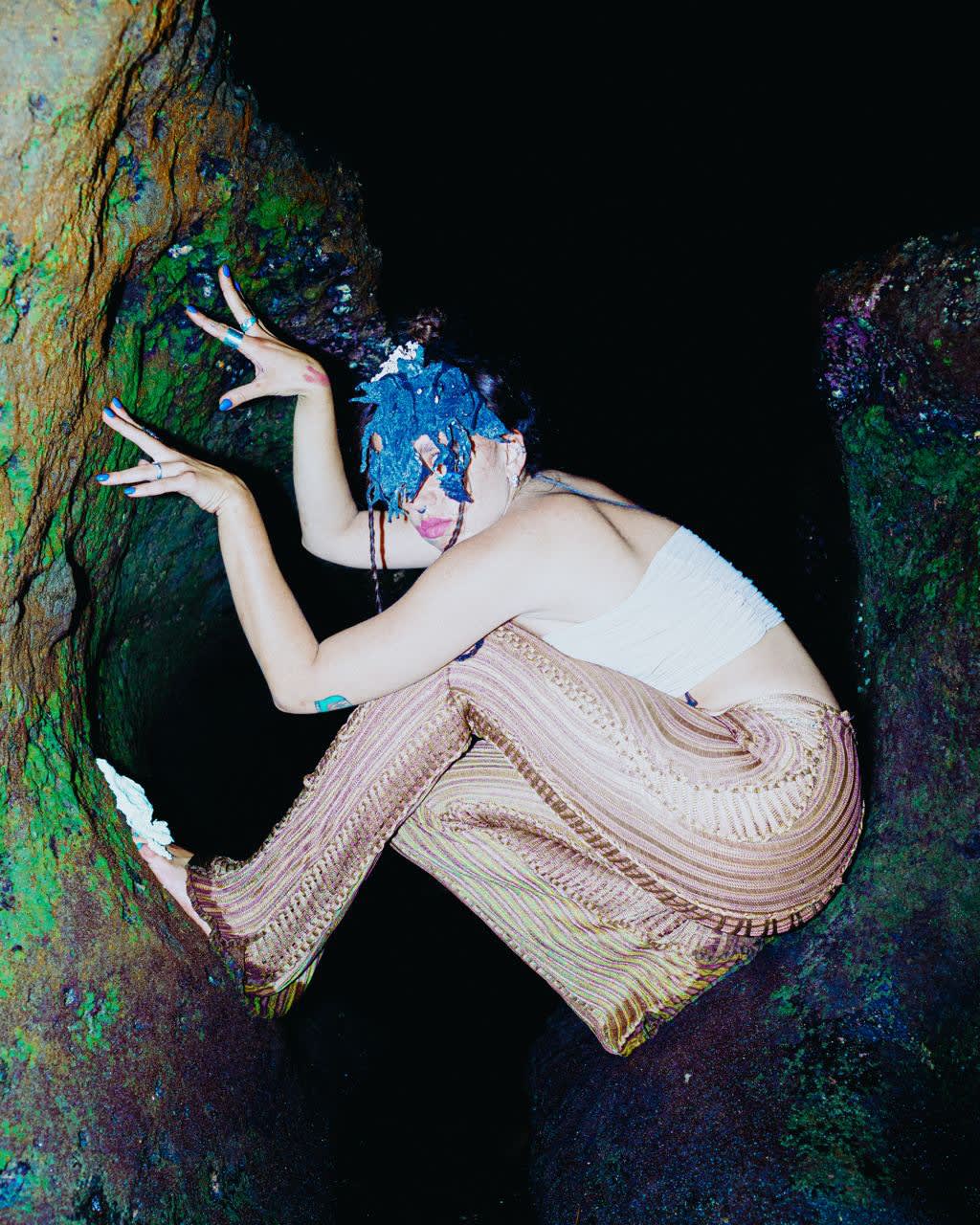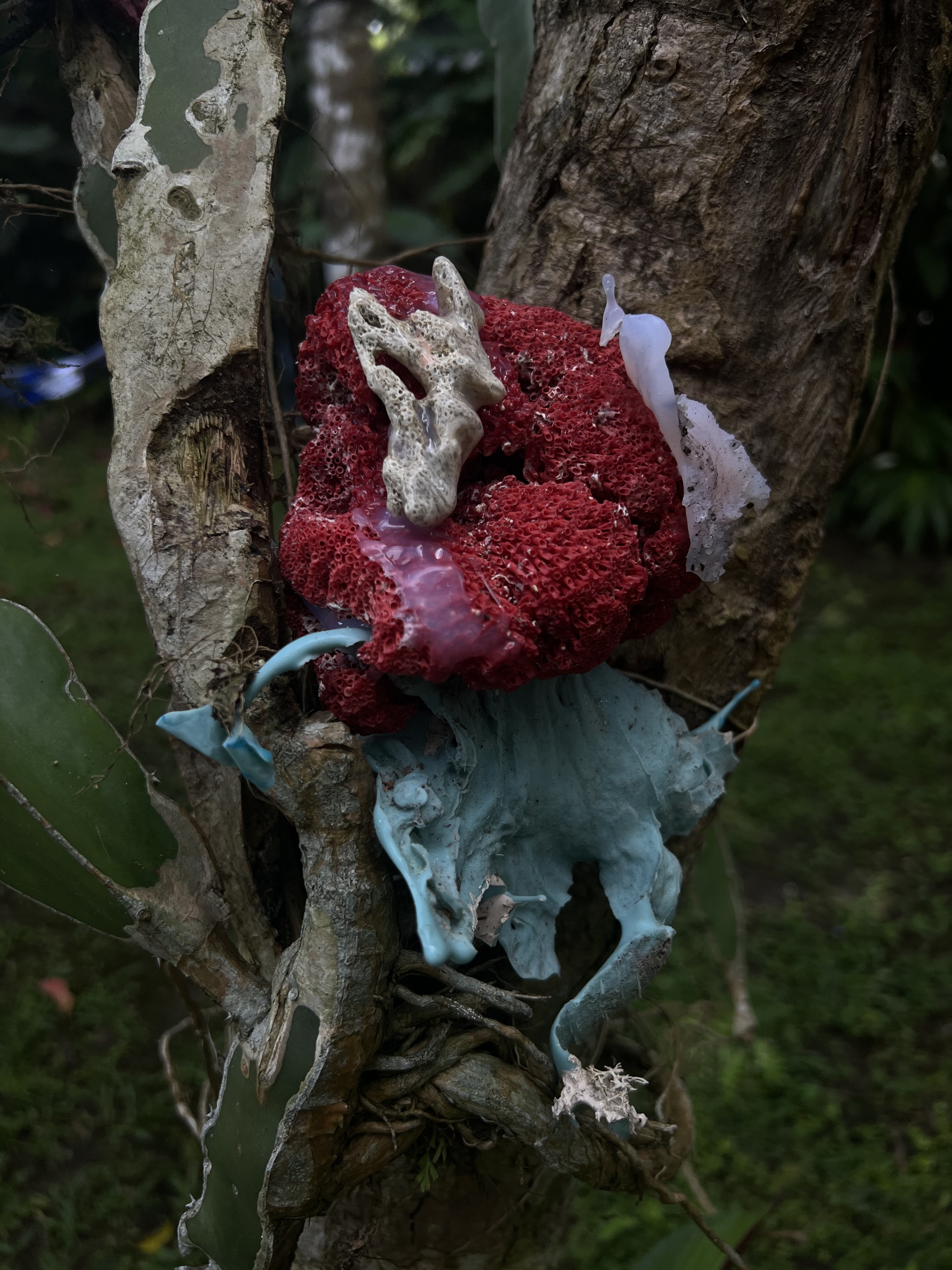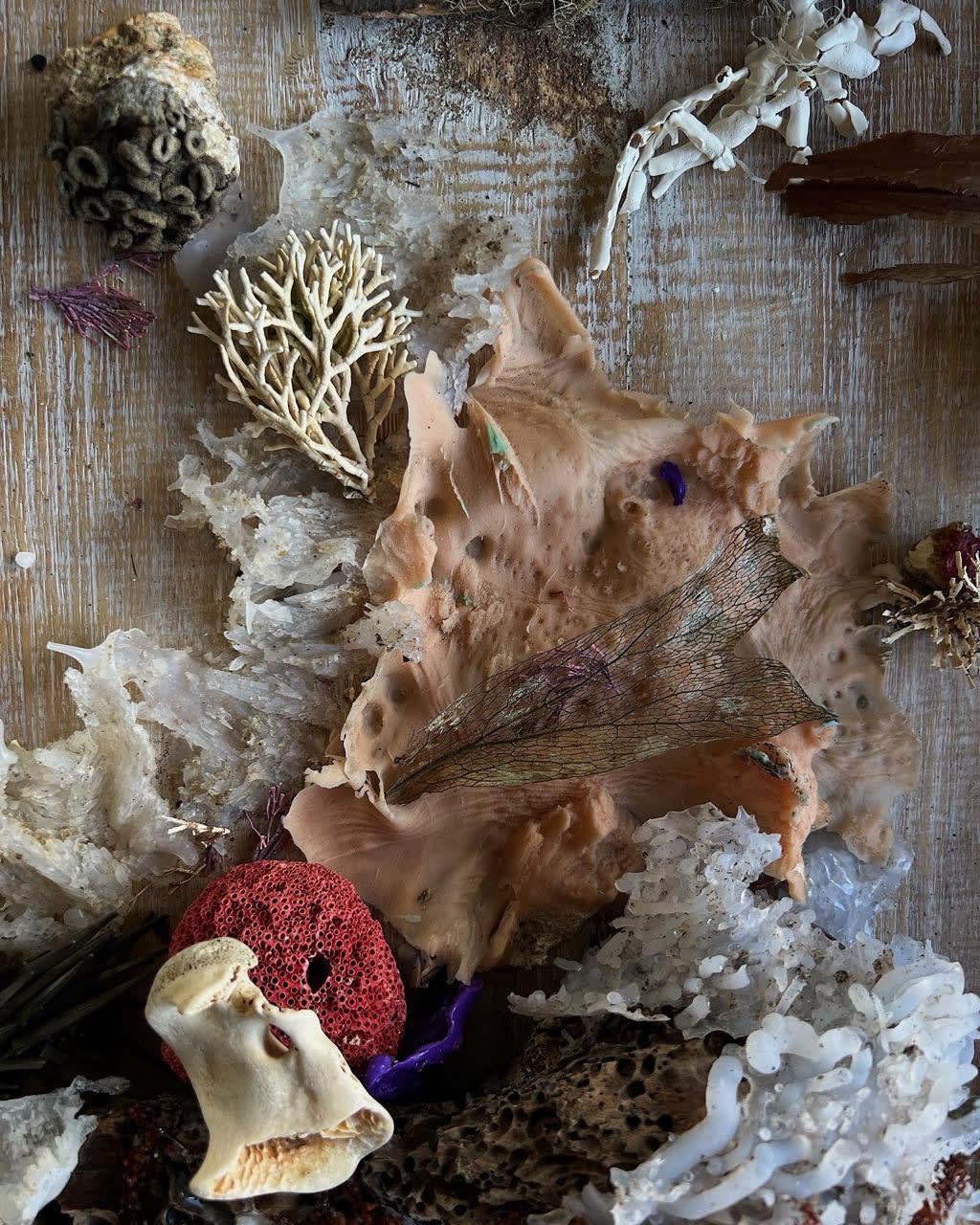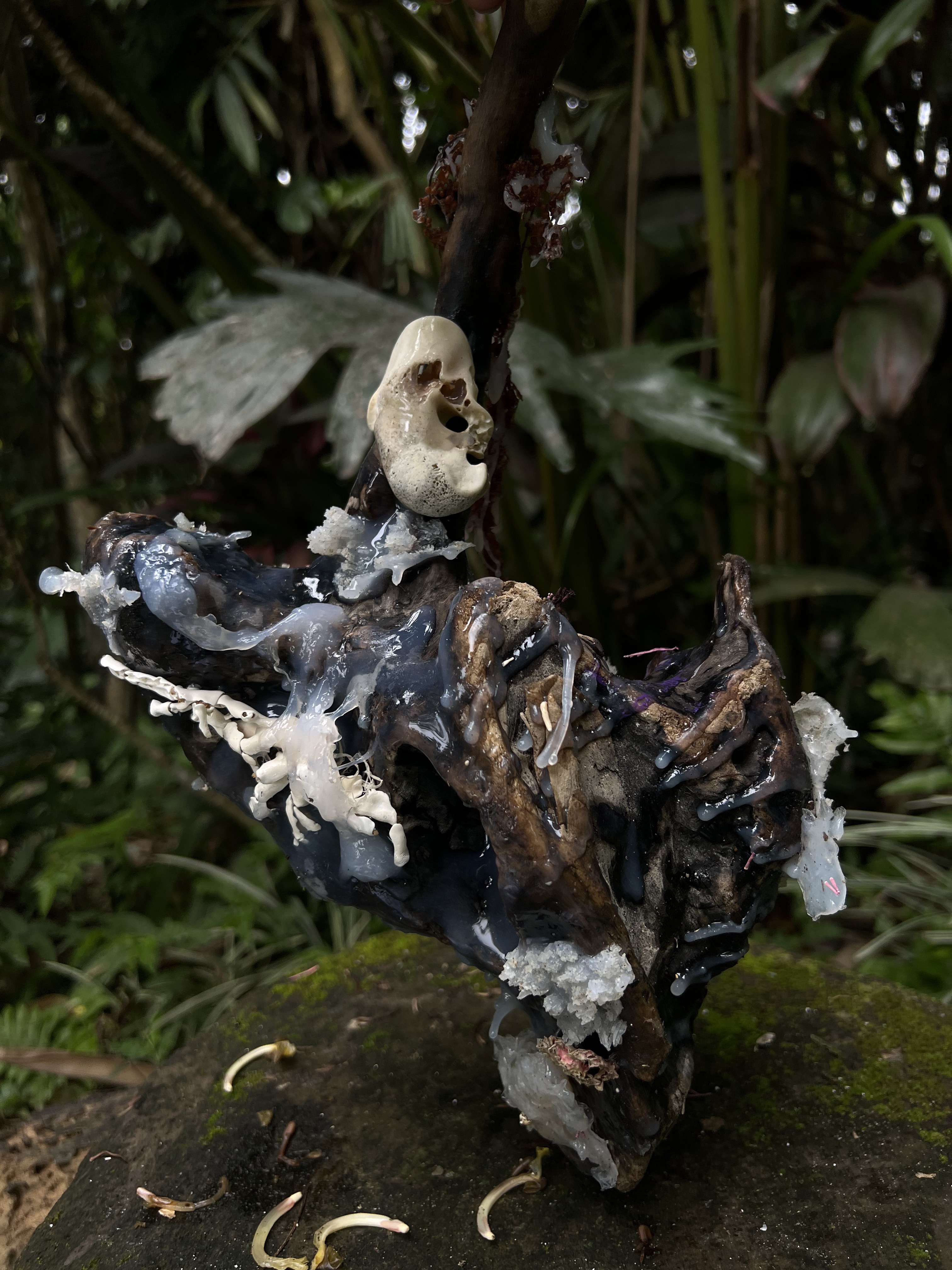
- Who are you and what do you do?
My name is Sofya Skidan, I am an artist and a yoga teacher.
2. What was the first art work you made?
I began creating art at a very young age. Looking back, I believe the first "real" piece was a photo series using broken film photography, depicting my hometown Ukhta in the North of Russia.
3. When did you first realize you wanted to become an artist? Or how did you become an artist?
In my hometown there were no museums, no normal movie theater, no art. All possible knowledge of art was available only from the Internet. I was 12 years old, when I started to take up photography. I shot on a digital "soapbox" camera, also tried real films, experimented with Polaroid. Film photography won me over with its ability to create aesthetic mistakes. With photography, I started shooting video work as well. In this sense, without formal art education at that time for me, it was intuitively easier to find something to experiment with, without school and teachers. I started as a photographer, and as I was learning photography, I discovered new ways to work with different mediums. Now, my works are always multidisciplinary.

4. How do you work - tell us about your process?
What is very important to me are the so-called 'archaeological excavations.' They come in two forms: virtual and physical. During these trips to nature, I collect a variety of materials and objects, which I use in all my projects. This can be anything from pieces of old, deformed plastic, washed up by the ocean, to stones and pieces of plants. These natural journeys are an integral part of my practice. I use photos in collages, video clips for my Instagram profile, and found objects for sculptures and installations. Virtual excavations involve conceptual research, from books, movies, and exhibitions. In the studio, my approach varies depending on the project. It might involve collaborating with colleagues in video production or spending hours working with materials like silicone, plastic, plaster, and others. With sculptures and installation solutions, it is possible to look at what nature or the man-made environment suggests. I might build a sculpture when I'm working on something else and and keep it for later.
6. What's the best piece of advice you've been given?
Be brave and keep developing your own vision.

7. Which artists have played a role in influencing you, your vision, your style?
Hito Steyarl, Seceli B Evans, Timur si Qin, Katja Novitskova. They influenced me with their different approaches, methodologies and of course they are important trendsetters in contemporary art in the last 10 years.
8. Tell us about your style?
I prefer not to call it a style. Perhaps more of a vibe or a concept: magic, intuition, and sensitivity.
9. What do you dislike about the art world?
I do not appreciate the prevalence of gossip, the presence of hypocrisy, and the apparent inability of some to genuinely celebrate the success of others. It's important for the art world to foster a more supportive and encouraging environment for artists to thrive.
10.Favorite or most inspirational place and why?
The human body and mind, Bali, and the White Desert in Sahara. The body and mind serve as a kind of temple where many inspiring things happen. Bali offers such diverse nature, a unique religion, and I'm completely enamoured by the variety of events here. You can go for a hike in the north of the island, surrounded by blue fallen leaves and Asian fir trees, swim in the ocean under the cliffs, and attend an underground music event all in the same day. The White Desert has stolen a piece of my heart. Though I always thought of myself as more of a jungle person, this place proved me wrong. It's a part of the Sahara desert that millions of years ago was the bed of an ocean. Here, you walk amidst nature-made sculptures from clams and shellfish, created over millennia. It's one of the most incredible non-human, time-based art experiences.

11. Could you recommend any music/book/film you`ve been listening/reading/ watching lately?
Here is my last playlist and I'm currently reading "Everything Was Forever, Until It Was No More: The Last Soviet Generation" by Alexei Yurchak and re-reading Capitalist Realism by Mark Fisher.
12.What would you like to be remembered for?
For my art and all the helpful, emancipating things that have benefited other people.
13.What has been your most enjoyable project or commission? My long term video project "How can you describe the weirdness that is not assembled enough?"

14.Describe a real-life situation that inspired or influenced you in any way the most?
There are many such stories in my life. I remember a hike in the north of the Komi Republic, where I am from. It was the most difficult and fascinating experience of my life. It marked the first 10 days of my conscious life when I was not connected to the Internet at all, living in the inhumane cold conditions of the polar north, a place where nothing grows but moss, and nature in some places resembles a scene from the movie Prometheus. During that hike, on the second day, we got lost in the fog and we were descending from the mountain with heavy backpacks on wet rocky ground. At that moment, each one of us doubted whether we would even make it alive at all. During those 10 days, we all had constantly wet feet, and the resistance of nature was overwhelming. During that trip, I have completed my book, 'Transverse Hyperspace,' about the post-apocalyptic world. Back then I experienced a unique feeling of 'NO PRESENCE'. It wasn't cultural, animalistic, or mystical. These were lands that seemed suspended in space, where Nature was indifferent and could simply annihilate you.
15.What role does art have in society?
I believe that art anticipates many phenomena and events. It is the embodiment of intuitions
16.What is your idea of success for an artist?
Possibility to change human or non-human vision and perception.
